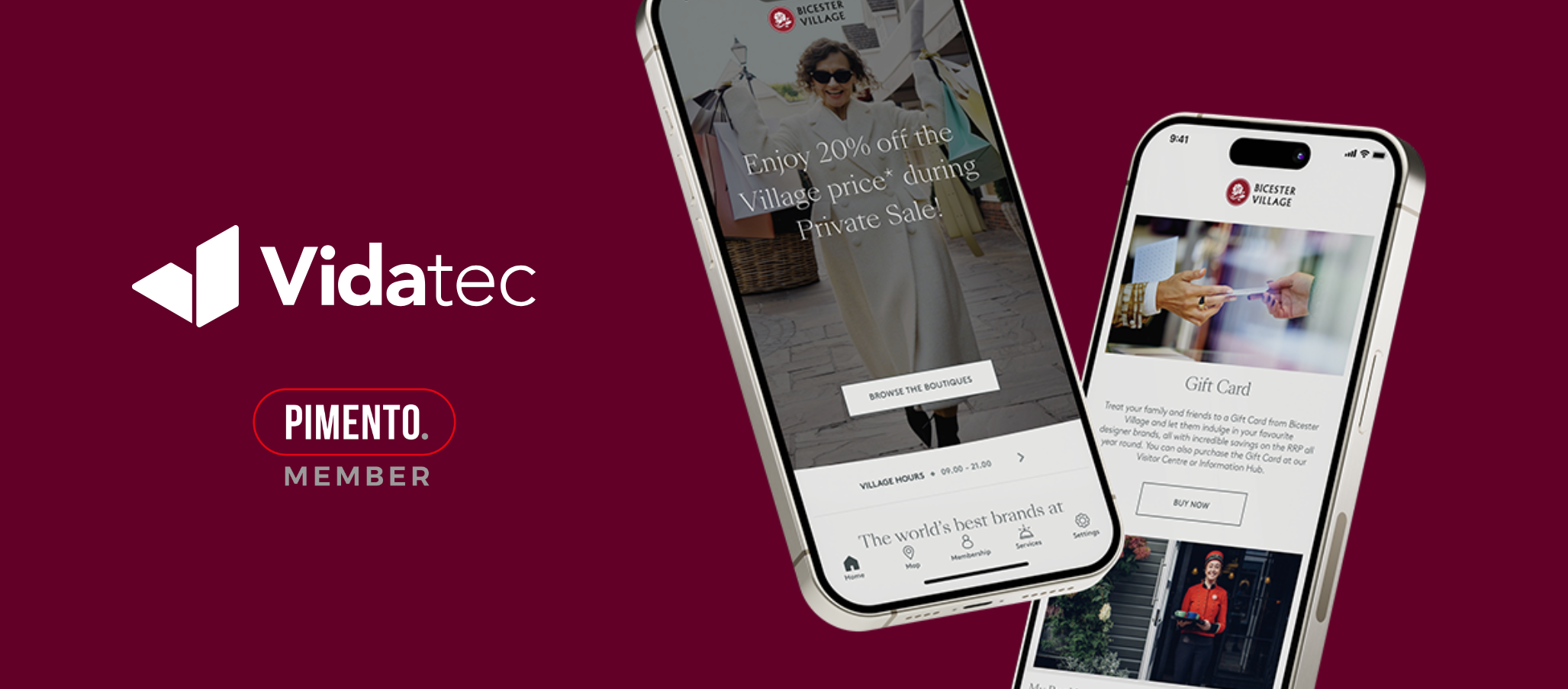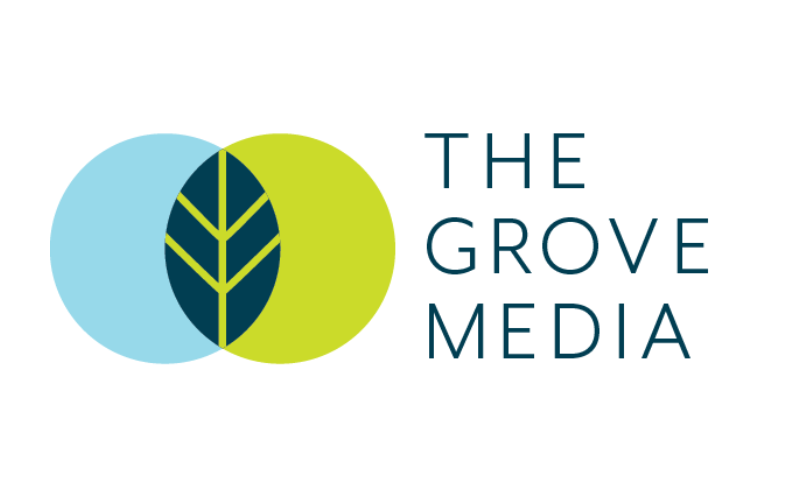Why media strategy is the next growth frontier for education marketing
This year, UK higher education has seen record student numbers. While this is very positive for the sector, it has done little to ease pressures from capped fees, rising costs, reliance on international and postgraduate income, and the growing competition from apprenticeships and alternative educational pathways.
International recruitment faces further headwinds from visa restrictions and policy uncertainty, with emerging markets offering opportunity but at higher risk. In this climate, universities compete not only with each other but also with alternative educational pathways, online providers and rising expectations shaped by learners. CMOs and senior marketers in higher education face a dual challenge:
Building strong, differentiated brands
WHILE
delivering measurable recruitment results in an increasingly competitive market.
For years, reputation and brand building have rightly dominated the agenda. But here’s the uncomfortable truth: a brand strategy without a robust media strategy is like building a stage without an audience. A media strategy is a strategic growth lever which, when aligned with brand building, data, measurement and innovation, can transform market position and drive growth.
Media as a strategic growth driver
Education providers that consistently outperform competitors don’t rely on reputation and messaging alone; they ensure their brand is visible and credible across every step of the student journey.
One way to achieve this is by developing a comprehensive, full-funnel media strategy, scaling investment in digital-first platforms and forging strategic partnerships with specialist publishers. These partnerships provide access to exclusive data, innovative ad formats and tailored content opportunities that bring the brand front of mind throughout the entire student journey.
When campaigns are carefully sequenced to mirror the academic cycle (from early research, through application deadlines) the results can be transformative. However, we now know that prospective students’ journeys become more complex and are less tied to the time of the year, and more to their personal circumstances. Students, parents and influencers are exposed to consistent, relevant messaging at the right time, reinforcing trust and familiarity.
This is not about scattergun media buying. It’s about deliberate orchestration: ensuring awareness, consideration and conversion work together seamlessly to drive growth across audiences.
Unlike consumer brands, education providers typically engage with multiple audiences at the same time, each with very different needs and expectations. Each group comes with its own motivations, behaviours and decision cycles, so a one-size-fits-all approach risks wasted spend and diluted impact. For example, professional learners and postgraduate students are often best reached through professional networks and tailored targeting that speaks directly to their career ambitions. By contrast, undergraduates are more likely to respond to peer-driven platforms and student-focussed media environments that reflect their social and cultural context. Precision segmentation is essential: tailored strategies, grounded in robust audience insight, not only improve efficiency but also ensure campaigns remain relevant and impactful across a diverse portfolio of audiences.
The need for media innovation in education
This focus on precision segmentation is all about innovating in media. With budgets under pressure and enrolment targets rising, CMOs must find smarter, more efficient ways to engage audiences beyond traditional mass-reach media.
Innovation in media planning takes many forms, so let’s look at some of the key areas focus for UK education.
- Leverage automation and move beyond surface-level KPIs.
- By adopting value-based bidding for their direct response campaigns, universities can prioritise high-value actions like prospectus downloads or open day sign-ups over lower-value enquiries.
- This shift directs budget toward prospects most likely to enrol. AI-driven strategies combining broad match targeting, smart bidding, predictive modelling and attribution further improve efficiency at scale.
- The result is growth in both volume and quality.
- This approach can deliver considerable improvements in efficiency at a scale. By rethinking paid search through the lens of quality, not just volume, higher education marketers can still achieve scale while improving the calibre of the prospective students.
- By adopting value-based bidding for their direct response campaigns, universities can prioritise high-value actions like prospectus downloads or open day sign-ups over lower-value enquiries.
- Transform social into a performance channel.
- Social platforms are no longer just for awareness; they can deliver measurable enrolments when used strategically.
- Innovations here include the use of first-party data integrations to optimise towards high quality leads rather than engagement.
- Dynamic creative testing and automated placements now allow campaigns to reach the right audiences, whether in feeds, stories, or formats like Reels and Shorts.
- In postgraduate and professional recruitment, platforms such as LinkedIn have proven particularly valuable, with data showing that students exposed to ads on professional networks are significantly more likely to convert.
- Meanwhile, test-and-learn strategies across Meta and TikTok have demonstrated how layered approaches can transform performance.
- Social platforms are no longer just for awareness; they can deliver measurable enrolments when used strategically.
- Use AI and CRM to power campaigns.
- AI tools can optimise email delivery from timing to sequencing, but the bigger opportunity lies in linking CRM data to digital campaigns across search, social, programmatic, video and connected TV. This integration turns first-party data into a growth engine, ensuring consistent and personalised engagement.
- AI tools can optimise email delivery from timing to sequencing, but the bigger opportunity lies in linking CRM data to digital campaigns across search, social, programmatic, video and connected TV. This integration turns first-party data into a growth engine, ensuring consistent and personalised engagement.
- Build strategic media partnerships.
- Through media partnerships, education providers can unlock new data sets, formats and content integrations.
- Don’t underestimate the value of education specialist publishers who are trusted brands among education audiences. They hold high quality first party data and are a key part of the research and application journey for students. Working closely with these types of publishers can unlock new opportunities to reach your audiences.
- Possibilities here can go well beyond just display advertising. Think strategic content partnerships, triggered email campaigns, social campaigns fuelled by their first party data and testing new ad formats across their platforms.
- Through media partnerships, education providers can unlock new data sets, formats and content integrations.
- Experiment with new emerging opportunities.
- Influencer marketing offers a way to reach students earlier in their journey.
- Student ambassadors, alumni, or subject-specific creators on TikTok, YouTube and Instagram can authentically showcase campus life and career outcomes.
- When combined with paid amplification and retargeting, this content builds early awareness and drives measurable applications.
- Influencer marketing offers a way to reach students earlier in their journey.
- Reimagine traditional channels.
- Broadcast, direct mail and events can be reimagined through a data-driven lens and by tightly integrating them with digital activity.
- First-party data can be matched with publishers’ first-party data to build highly targeted segments. In broadcast, this can mean using attribution technology to connect TV or radio spots with spikes in search or web traffic, and then retargeting those who engaged digitally with follow-up programmatic or social campaigns.
- Direct mail can shift from blanket distribution to precision-targeted communications, triggered when a student enters a specific stage of the journey and enriched with personalised creative tested through digital channels.
- Events too can become hybrid, with pre-event targeting driven by publisher data to drive footfall and attendance – real-time engagement tracked through digital check-ins, and post-event nurturing via automated email and social retargeting.
- By bringing together their own data with the trusted, high-quality data of specialist publishers, universities can ensure that traditional channels are no longer siloed but part of a connected, measurable and conversion-focussed media ecosystem.
- Broadcast, direct mail and events can be reimagined through a data-driven lens and by tightly integrating them with digital activity.
Test & learn: Build a culture of experimentation
If innovation is the “what,” then testing and learning is the “how.” The most effective media strategies are not fixed frameworks but ever evolving through continuous experimentation, evaluation and optimisation. The strongest marketing teams embed testing into everything they do, ensuring that every campaign delivers on its immediate objective while also generating insights for the next initiative.
This might mean running controlled tests across platforms to identify the best-performing mix of creatives, formats and targeting, adjusting bidding strategies to favour high-quality leads over volume, experimenting with messaging sequences to uncover what drives deeper engagement, or layering channels to build awareness and consideration, while retargeting converts interest into response.
This culture of experimentation creates resilience. It ensures that media investments remain efficient and effective, even as platforms evolve, algorithms change and student behaviours shift.
Measure what matters
Student recruitment is not a single-moment decision. It can span months or even years, making measurement complex but essential. Too often, campaigns are judged on immediate metrics such as cost per lead (CPL) or click-through rates. While useful, these numbers rarely capture the full long-term impact of media investments.
To truly understand effectiveness, CMOs need to think in layers. In the short term, measures like reach, impressions, engagement, CPL and ROAS are important indicators of efficiency. Operational metrics such as optimisation scores, campaign pacing and adherence to best practice, demonstrate how well activity is being refined in real time. Specialist measures add another dimension: attention tracking, brand lift, search lift and conversion lift reveal whether campaigns influence awareness, perception and intent.
Finally, long-term outcomes such as applications, enrolments and brand equity provide the ultimate proof of impact. Together, these layers build a fuller picture of how media contributes to sustained success.
Advanced measurement tools now allow institutions to tie campaigns not just to leads, but to meaningful outcomes such as open day attendance, applications submitted and offers made. This reframes media investment from a marketing cost into a measurable growth driver.
The point is not to measure everything for its own sake. Effective measurement means balancing the immediate with the long term, capturing not just what happens today but how it shapes tomorrow.
The road ahead for education marketers
For CMOs and senior marketers in the education sector, the path forward is challenging but clear. Reputation and strong storytelling alone are not enough; brand strategy must be underpinned by a robust, data-driven media strategy. In a climate of tight budgets and rising expectations, innovation needs to become part of the everyday approach, using data, technology and creativity to achieve more with the same resources. Every campaign should be seen not only as delivery but also as an opportunity to learn, refine and improve.
Success also depends on measuring what truly matters, going beyond surface-level metrics to track impact on enrolments, brand equity and long-term reputation. At the same time, marketers must recognise the diversity of their audiences and design distinct journeys for undergraduates, postgraduates, apprentices and corporate partners.
Education marketing today is about more than telling compelling stories; it is about ensuring those stories are discovered, trusted and acted upon. Without a robust media strategy to carry them, even the strongest messages risk going unheard.
Media Strategy for the Education Sector
Are you feeling the effects of increasing competition, shifting student expectations, changing government policies, sustainability pressures, or brand authenticity challenges?
Don’t let your brand story go unheard. Discover how leading universities, schools and nurseries are using data-driven media strategies to cut through the noise, reach the right audiences, and deliver measurable enrolments.
👉 Watch our webinar now to explore practical insights and real-world examples that can help you stay ahead.
Or, if you’d like tailored advice for your institution, get in touch with our team to explore how we can help you build and scale a media strategy that drives real growth.
Written by Alina Pruteanu, Digital Development Director, The Grove Media

Digital by Design: The Next Chapter in Luxury Marketing
Luxury has always been about emotion. It’s about how a person feels when they interact with a brand, whether in […]
Read more.
Education Marketing: Why Video Is the Secret Weapon for Schools and Universities
Education marketing is evolving at lightning speed. With families, students and life-long learners expecting authenticity and transparency, institutions face increasing […]
Read more.
